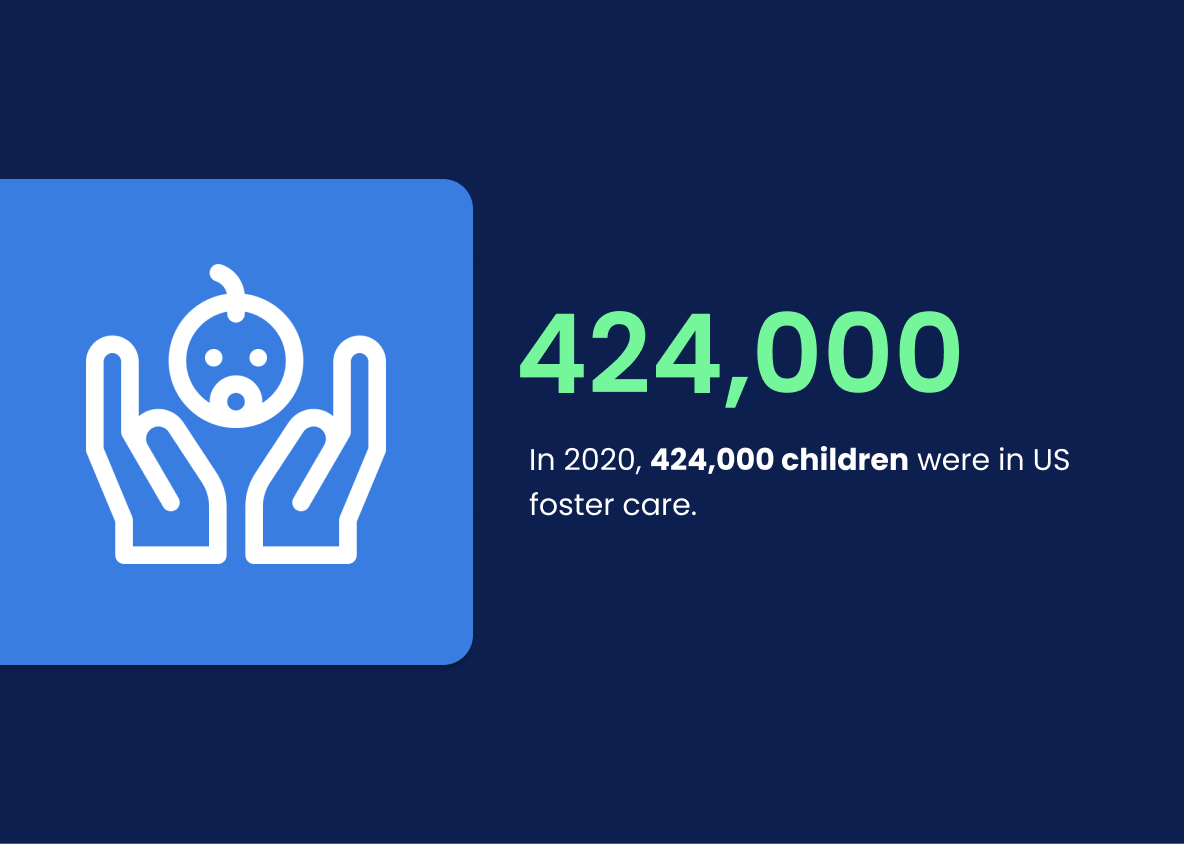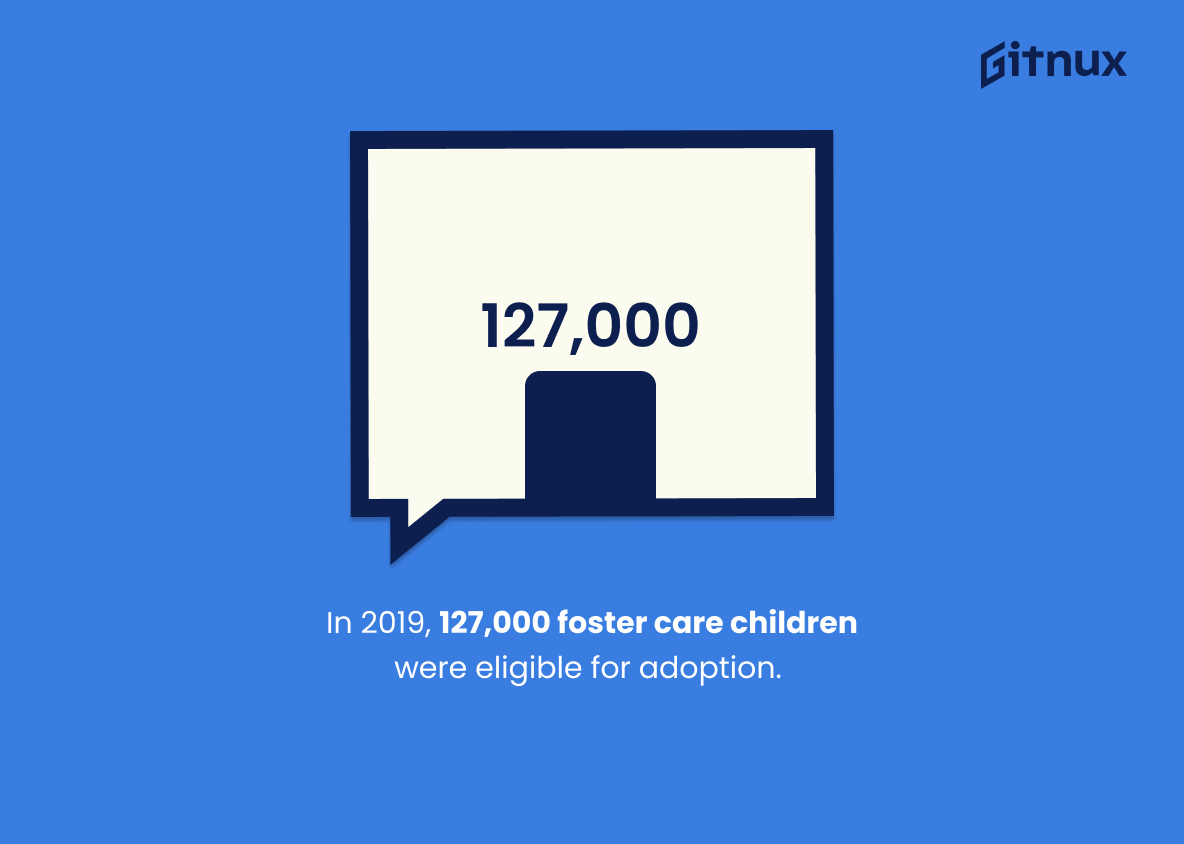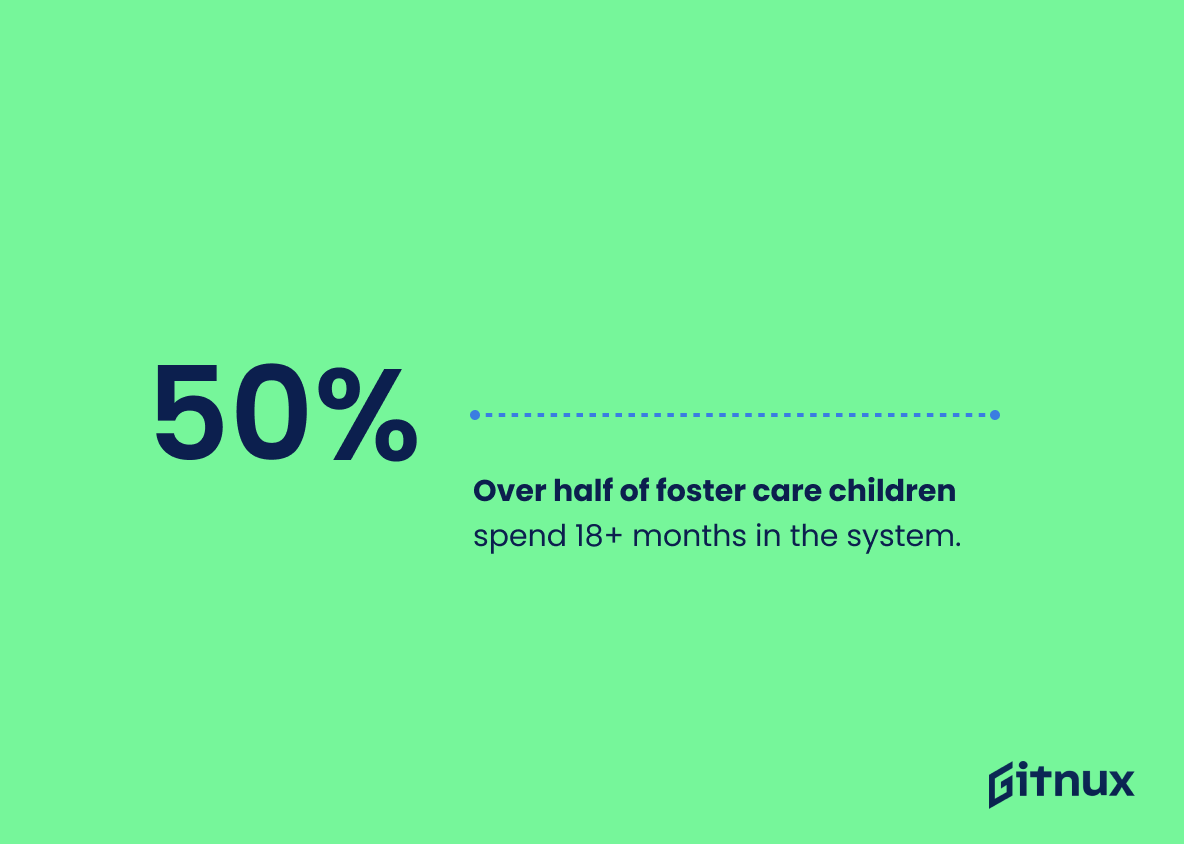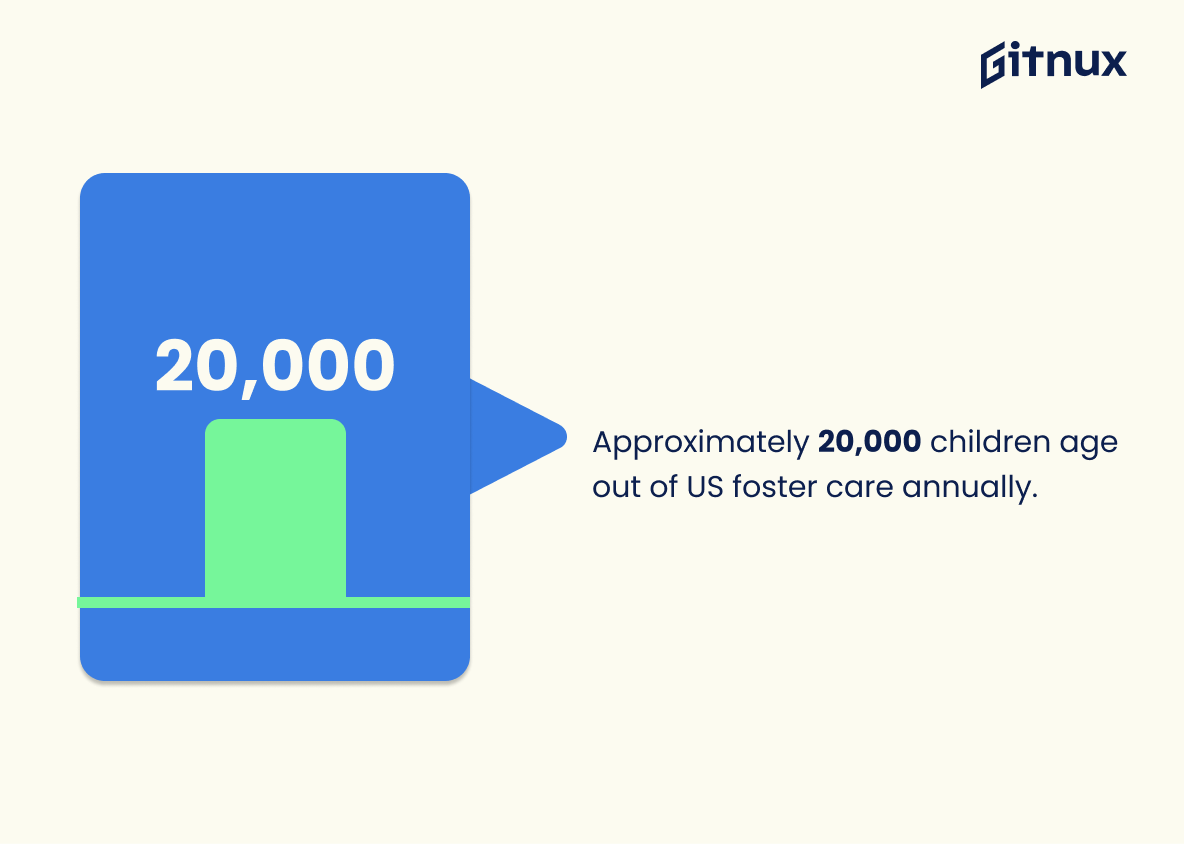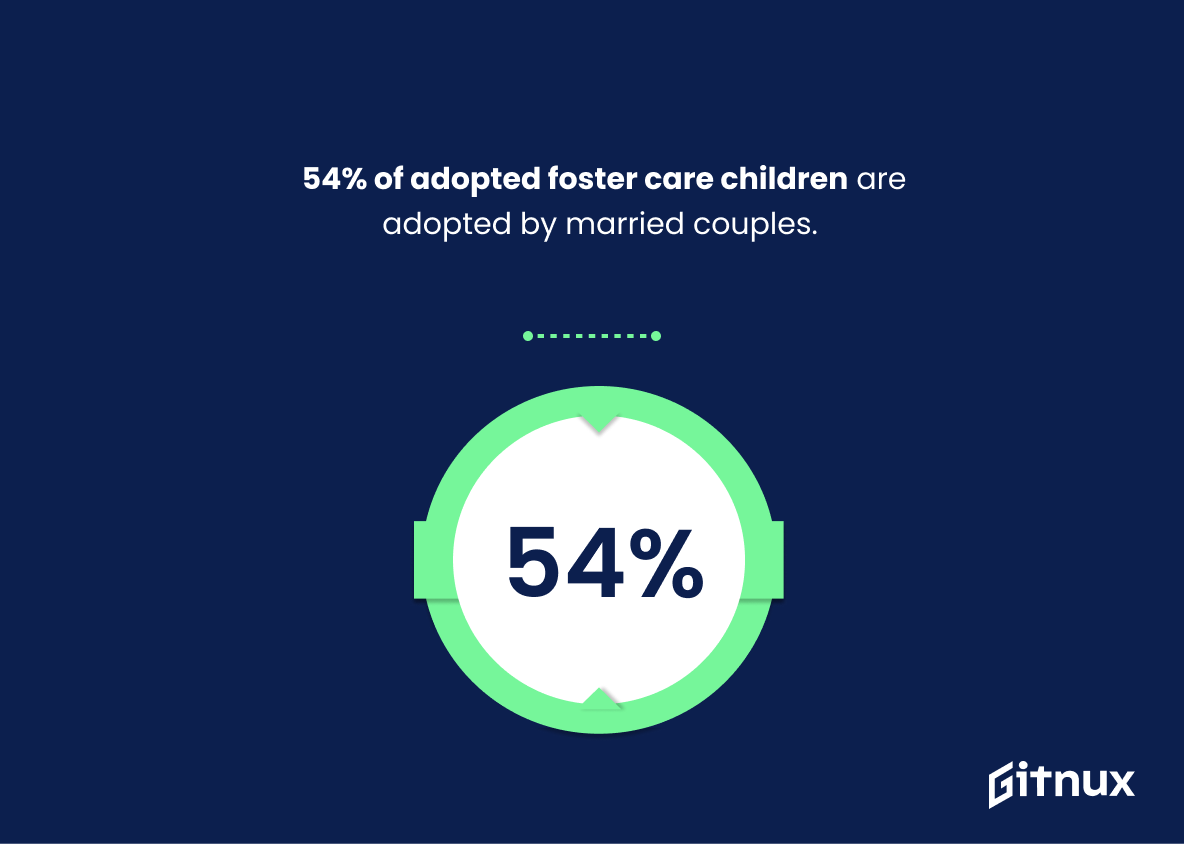Foster care and adoption are important topics that affect thousands of children in the United States each year. In this blog post, we will explore some key statistics about foster care and adoption to gain a better understanding of how these systems work. We’ll look at data on the number of children in foster care, their average age, eligibility for adoption, types of adoptive families they join, length of time spent in the system before being adopted or aging out without an adoptive family, educational attainment after leaving foster care as well as other relevant information. By examining these facts and figures from reliable sources such as government agencies and non-profit organizations dedicated to helping vulnerable youth find permanent homes with loving families we can get a clearer picture into what life is like for those involved with both fostering and adopting through our nation’s child welfare system.
Foster Care And Adoption Statistics Overview
Over half of children in foster care spend over 18 months in the system.
This statistic is a stark reminder of the reality of foster care: many children are not able to find a permanent home in a timely manner. It highlights the need for more resources and support for foster families, as well as the need for more adoptive families to provide loving homes for these children.
Approximately 20,000 children age out of the U.S. foster care system without being adopted each year.
This statistic is a stark reminder of the reality that many children in the U.S. foster care system are not able to find a permanent home through adoption. It highlights the need for more resources and support for these children, as well as the importance of raising awareness about the issue of foster care and adoption.
54% of children adopted from foster care are adopted by a married couple.
This statistic is significant in the context of foster care and adoption statistics because it highlights the importance of married couples in providing a stable and loving home for children in foster care. It demonstrates that a large majority of children adopted from foster care are being welcomed into a two-parent household, which can provide the support and security that these children need to thrive.
Less than 30% of adults who were adopted from foster care have a Bachelor’s degree or higher.
This statistic is a stark reminder of the educational disparities that exist between adults who were adopted from foster care and those who were not. It highlights the need for more resources and support to be made available to those who have been adopted from foster care, so that they can have the same opportunities to pursue higher education as those who were not adopted.
Conclusion
The statistics presented in this blog post demonstrate the complexity of foster care and adoption in the United States. From these numbers, we can see that there are a large number of children currently living in foster care, many of whom have been waiting for an adoptive family for over 18 months. We also learn that while most adoptions occur within non-relative families or married couples, single females and older adults are increasingly adopting from foster care as well.
Additionally, it is clear that transracial adoption is becoming more common with 61% of adopted children being different races than their adoptive parents. These facts provide insight into how our society views fostering and adoption today and what needs to be done to ensure all children find loving homes they deserve.
References
0. – https://www.acf.hhs.gov
1. – https://www.emorywheel.com
2. – https://www.childwelfare.gov
3. – https://www.childrensrights.org
